Interview with Rhiannon Held
Our new story this month, Bloodtech, was written by Rhiannon Held, a young author who just signed a three-book deal with Tor Books. We’re pleased she was able to answer a few questions for us this month as well. One of our goals is to provide a place for quality new writers to be published professionally and we are certain that we have achieved that in this case. Keep an eye on Ms. Held, she’ll be around for quite some time.
Rhiannon, you told us that you are a lab archaeologist. That sounds very interesting to a history geek like me. What sort of things do you in your work (that don’t involve bullwhips and corrupt Frenchmen)?
I’m actually a woman of many hats at my job (Fedora joke here!). The company I work for does a type of archaeology called Cultural Resource Management. Basically what that means is that when the government or big companies using government money do construction projects, they have to investigate the area to find out what kind of archaeology they might affect. Then they have to try to minimize those effects. Our job is to do the investigation, and if we find anything, to suggest the methods to make sure things are saved.
My first hat has to do with basic identification and cataloging of the artifacts we excavate, if excavation is the method chosen to save the data from an archaeological site. This can be a lot of fun, because I get to look over most of the individual artifacts, rather than dealing with summaries of the data. It can also be very boring, since many sites can have hundreds or thousands of very similar fragments of things like bottle glass or window glass that give important data in aggregate, but someone still has to count them first.
My other hats have more to do with other methods for minimizing damage to archaeological resources. A lot of time the best option is for the construction to follow a slightly different route, so very precise maps about where we found what in our testing are important. I work with graphics and mapping programs to make illustrations for the reports that convey that. I also work with the reports as a whole, not for the content, but the formatting. Our job is only half done once we find and study the materials from the area: the other half is making sure that our clients who aren’t archaeologists understand what was there to make decisions, so illustrations and clear formatting are how I contribute to that.
How has your field of study and work influenced your writing?
A year or two ago, I might have said not at all. It’s only recently I’ve noticed the insidious way my schooling has crept in. (Grad school is sneaky that way!) I hardly ever write stories about archaeologist characters, or set in historical periods, for a very specific reason. For a good portion of archaeology’s early years as a field, archaeologists essentially were storytellers. They took an artifact, found out what they could, and then plain made stuff up to fill in the rest of its story. In archaeology nowadays, we do our very best to back everything up with evidence. It’s almost impossible for me to step outside of that and make up what you’d need for a vivid fiction story. One can go the route of researching absolutely every detail, but there will always be things we don’t know. Grad school beat the ability to fill in history with artistic license out of me. ;)
The other place archaeology (or really, anthropology in general) comes in is when I world-build. For example, the werewolves in my novel don’t shift involuntarily. The reason for this is that it would convey an evolutionary advantage to be able to hide when enemies were coming for you. When the mob with pitchforks chases down two werewolves, the one who can’t help but shift in the moonlight ends up full of holes and dead. The one who stays human lives to have lots of kids. Thus, it makes most evolutionary sense for the species to have at least some control over their shifting. I’ve also thought at length about how the werewolf culture fits together. What’s their religion? What’s their oral history? What are their origin stories? What are their taboos? Every culture has such things, and my schooling gave me a sense of how they all fit together. I’ve applied that to my created culture, to give it a cohesive feel, even if you don’t see every aspect on the page immediately.
You have said that the Odyssey Workshop influenced your writing, as well. How did that experience impact your writing?
Odyssey was an amazing experience. It was a lot like going to college when you thought high school was the only thing that existed. Going in, I knew some facts and some tricks, but Odyssey taught me how to learn, and continue learning once I left. It was similar to how after memorizing facts in high school, a good college forcing you to think critically can be such an epiphany. Odyssey gave me all sorts of facts for good writing, but also the tools and mental framework to evaluate my own writing and keep learning later from many sources. Odyssey grads are also a wonderful, supportive community, one I’m grateful to belong to.
Your story with us in this month’s Redstone Science Fiction deals with nanotechnology and the ethics of its existence & use. What led you to create this story?
What started this story was actually a prompt for my writer’s group. We have challenges every so often to all write a short short from the same prompt. The one that produced this particular story was a piece of art. It showed a man in Victorian garb with a very steampunk sort of weapon. I knew from the outset I didn’t want to do something that was straight steampunk, since that was too easy. That was when I started experimenting with the idea of how people in the future might play with the historic periods we play with now. Then the real spark of the story arrived: con costuming is about pretending to be people that are sometimes quite dangerous when considered as a reality instead of a kick-ass costume. Where’s the line between costume and reality, public menace and allies?
In recent weeks you have sold a novel, part of a trilogy, to Tor Books. Congratulations on this big news. What more can you tell us about your novel, Silver?
Thank you very much! I got into the background of the world a little earlier. The novel begins with the Were Andrew Dare, who could easily be an alpha, but his wife’s murder a decade ago stole his faith in the Were goddess and in his own ability to protect a pack. Now he works as enforcer for the Roanoke pack, a straightforward job until he discovers a trespassing Were who has been poisoned with silver nitrate. This Were, Silver, has been driven half-mad and sees the world as a twisted version of the spirit realm where the lupine personification of Death is her constant companion. The story follows them as they struggle to rely on each other and find a balance in their faiths that will allow them to capture the man who tortured Silver. It will be out in 2012.
If our readers (and we) want to keep up with you and your work, where can we go?
If people are curious about more archaeology, either the mundane aspects of a job in it, or the interaction of archaeology and fiction and how it pops up in the day-to-day world, I talk about it often over at my blog at RhiannonHeld.com.
We really appreciate you taking time to talk with us and look forward to seeing more work from you in the future.
Thank you for this opportunity.

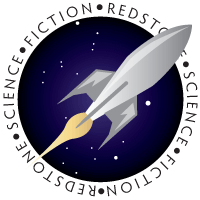
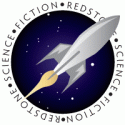



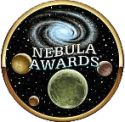
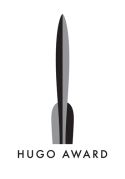
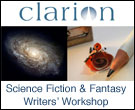


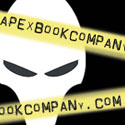
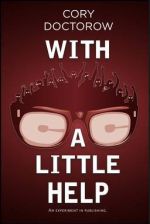
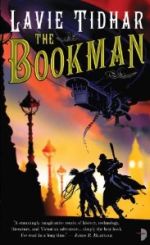
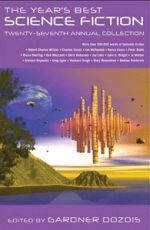
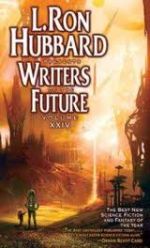
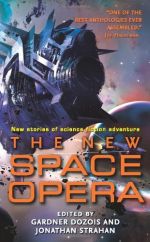
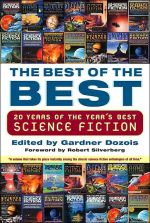
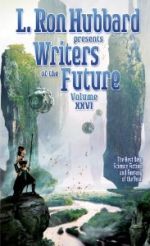
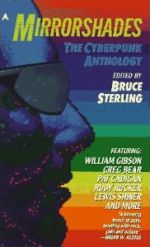
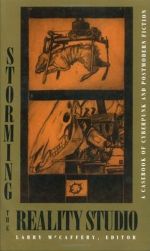

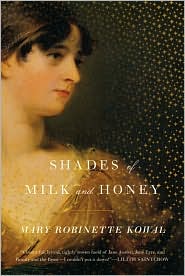

3 comments
[…] Welcome to Redstone Science Fiction #8. We’ve got two outstanding stories for you this month, along with a another fine essay by Henry Cribbs, and an interview with this month’s new author, Rhiannon Held. […]
Hey, cool site are you interested in a link exhange for my Jacob Black site?
Seriously love reading about anything vampire related. Team Jacob all the way! :-)